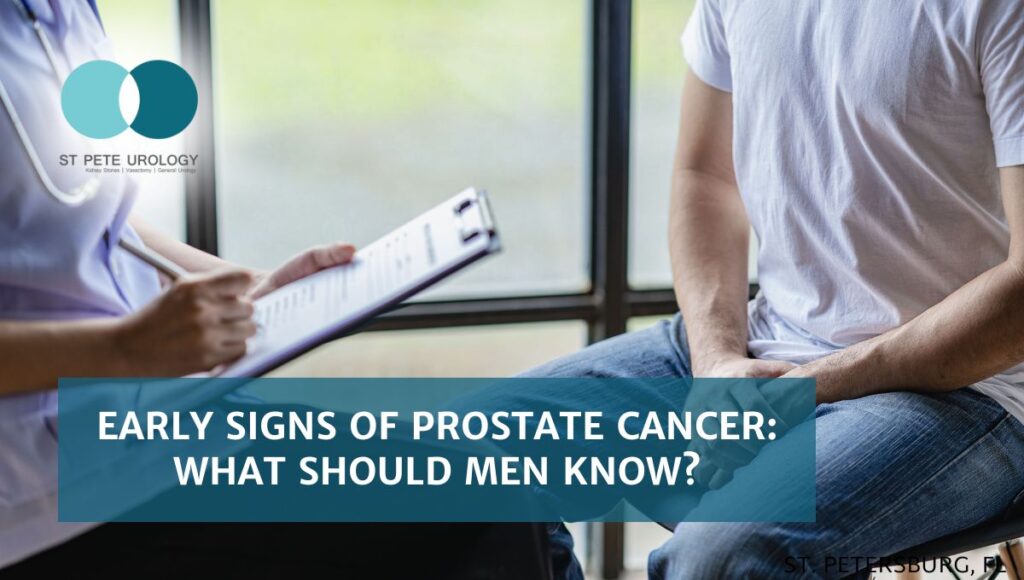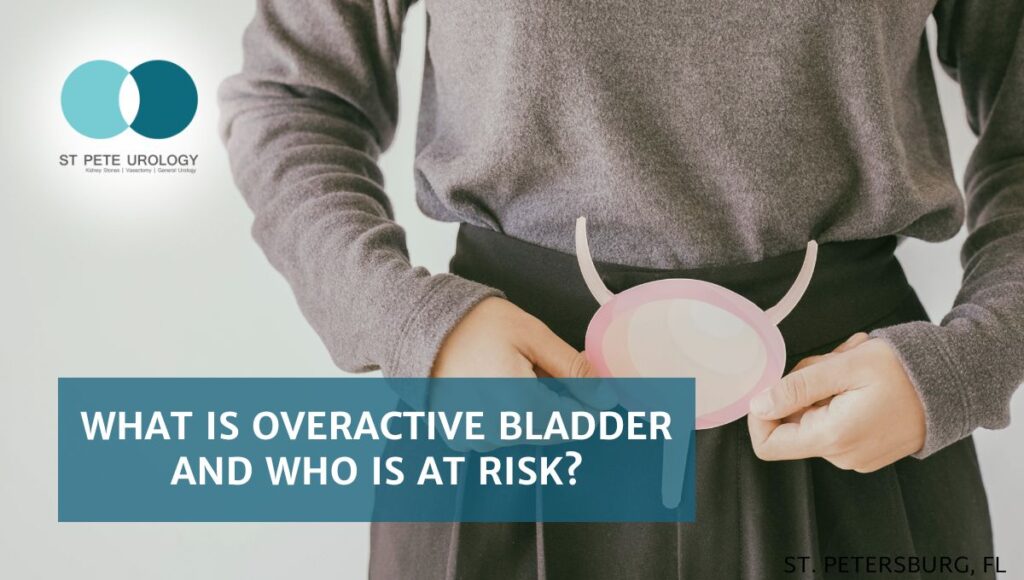Overactive bladder (OAB) is a common condition defined by a set of urinary symptoms related to the frequency and control of urination. Most cases of overactive bladder are characterized by a sudden, uncontrollable urge to urinate even when the bladder is not full (urinary urgency), passing urine 8 or more times daily without excessive fluid intake (urinary frequency), and involuntary loss of urine immediately after onset of an urgent need to urinate (urge incontinence). In the United States, the condition affects at least 30 percent of men and 40 percent of women, with about 33 million Americans having bothersome overactive bladder.
Annoying and embarrassing problem
Untreated overactive bladder comes with symptoms that can cause serious embarrassment and get in the way of your social life, work, exercise and sleep. For instance, with lots of bathroom trips associated with the condition, you may begin to shy away from social events or everyday activities for fear of not finding a bathroom when you need one. As you refrain from going out with friends or engaging in everyday activities, you start to feel lonely and isolated and may even experience relationship problems with your spouse and family. Overactive bladder also can rob you of a good night’s sleep and leave you tired and depressed. Likewise, frequent leakage of urine can lead to infections or skin problems.
Causes of overactive bladder
At St Pete Urology, we are keen on identifying the underlying causes of an overactive bladder in order to boost treatment outcomes. We recognize that while an overactive bladder is quite common in older adults, it is not a normal part of aging but a treatable condition with various causes. Generally, OAB occurs when bladder muscles begin to contract involuntarily even when the volume of urine in the bladder is low. It is the involuntary contractions that cause the urgent need to pass urine. The most common causes of an overactive bladder include:
Neurological disorders such as multiple sclerosis, Alzheimer’s disease and stroke.
- Catheter use.
- Obstructions to bladder outflow, such as enlarged prostate.
- Pelvic organ prolapse.
- Weakened or stretched pelvic muscles.
- Weakened or stretched bladder muscles.
- Incomplete emptying of bladder.
- Excess consumption of alcohol or caffeine.
- Structural problems with bladder.
- Stroke and Parkinson’s disease.
- Hip problems or hip surgery.
When to see a doctor
If your symptoms disrupt your life or cause distress, speak to your doctor about available treatments. While discussing such a private issue with your urologist may not be easy, doing so may be the beginning of restoring your life back to normal. Make sure to see a doctor if the symptoms disrupt your social interactions, work, sleep or everyday activities.
Safe, confidential and effective treatment
If you have overactive bladder, you should not allow the symptoms to weigh you down. Instead of feeling embarrassed, isolating yourself or limiting your work and social life, you should see a urologist for a brief evaluation to reveal the specific cause of your symptoms and help you to get relief. At St Pete Urology, we recognize that you may feel discouraged from seeking treatment because of the sensitive nature of the condition. For this reason, we offer confidential and patient-oriented services to suit your needs. Our candid and private conversations will help us explore your condition, identify the underlying cause and provide the right treatment. We help with all urinary incontinence problems in men and women, but evaluate men with urinary incontinence further to rule out prostate problems. For more information, visit the “St Pete Urology: site.





